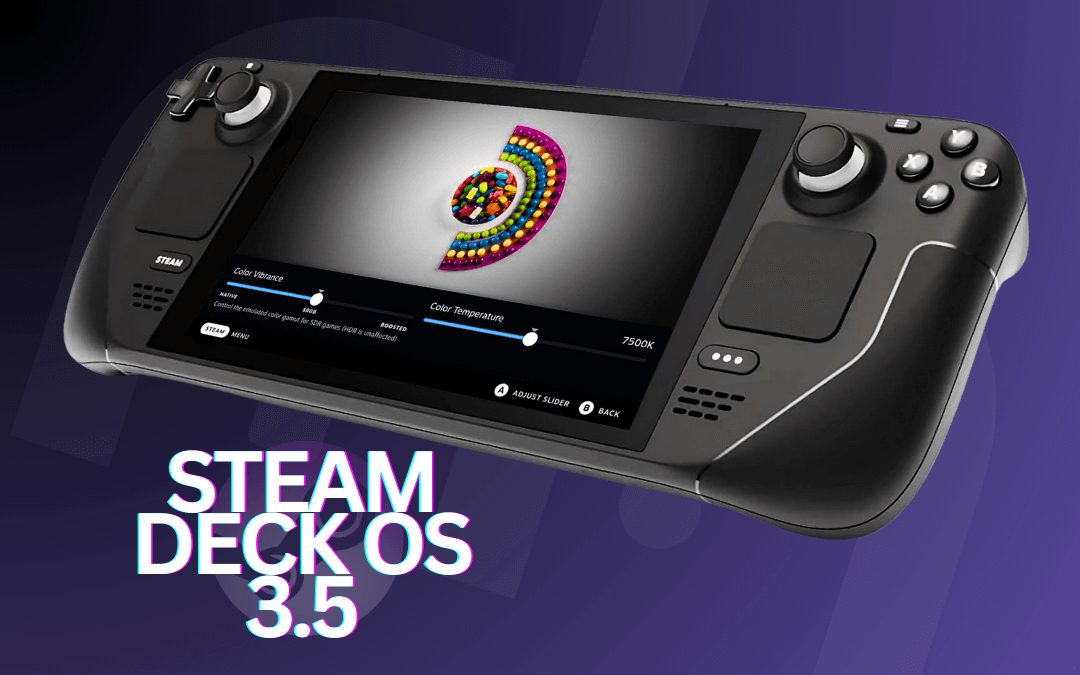A little over a year ago Valve came in and disrupted the entire x86 handheld market with their darling skateboard-shaped handheld: the Steam Deck. They incorporated technology from previous projects such as the Steam Controller, and the equally ill-fated Steam Machines. Then they backed the project with their gaming ecosystem that would be built into the system to offset revenue loss on the hardware. This all culminated in allowing them to seriously undercut all their competition with a seriously competitive price-point and a semi-custom chip from AMD that still reigns supreme for low-wattage performance even after two new generations of mobile processors have followed. Of course, due to the previous failures of other similar hardware ventures, many of us in the community were a bit skeptical of this device and how long it would last past its release. It is therefore a happy occasion that over a year and a half later, not only has the Steam Deck become a household name and inspired heaps of competition from other major manufacturers, but it still receiving top-tier software support from Valve. Today I’m here to talk about the SteamOS 3.5 update, one which has been in the beta update channel for a while and has now moved to preview, which means a stable channel release is surely soon to follow.
Let’s start out by touching on some of the smaller but still very helpful updates coming with this release. Firstly, if you have been part of the emulation scene on the Steam Deck you may know of a particular bug that caused reduced or poor performance in emulation due to a fault with the system’s handling of SMT, or simultaneous multithreading. Basically, the means by which the CPU simulates extra virtual cores in order to conduct more workloads at once. Formerly, the popular fix was to download a plugin like PowerTools in order to disable SMT functionality. Hopefully with this issue being on Valve’s changelog for SteamOS 3.5 this will no longer be a necessary step in fixing the emulation performance for certain users.
Secondly, and perhaps a real Godsend for anyone with a Linux phobia like myself, external storage like hard drives will now automatically mount when connected to the Deck within the SteamOS interface. This means no more needing to venture into desktop mode to manually mount these drives just to turn around and boot back into SteamOS. It’s perhaps a small convenience, but everything counts when you’re dealing with a handheld that’s meant to accommodate for quick small sessions as well as long ones.
Before we get to the big improvement let’s rapid-fire a few of the small ones that stick out. Updated graphics drivers for performance improvements in games, specifically citing recently released Starfield, that’s very nice. Improved bluetooth stability especially with multiple controllers, this will be really helpful to all of those out there using the Steam Deck as a party games machine, let the party continue! Slightly improved sleep resume speed, as I said every convenience counts. Added the ability to customize what is shown by the performance overlay, though it does seem as though you need to create a configuration file. A bit of a curious choice rather than just automating the task with a toggle switch of some sort? Not really complaining, I guess if you’re enough of an enthusiast to need a custom performance overlay, you’re enough of one to create your own files for it.
So onto the highlight of the update, and the changes that should have a positive impact on the greatest number of users: the display updates. If you’re connected to an external display that supports either HDR or VRR (high dynamic range or variable refresh rate), and your USB adapter or dock also supports these features, you will now be able to enable these settings within the Steam Deck settings. Those of you living the dock lifestyle are going to enjoy this improvement. The biggest change, however, is in the color rendering of the display to more closely follow the sRGB color gamut standard. Now seeing as this is a software fix and not a panel upgrade, there are probably limitations as to how much this can improve the Deck’s overall gamut coverage, which is one of my largest gripes about the system, but it has been said to improve color vibrancy noticeably. You’ll be able to choose from three settings: Native – which is the former pre-update color mode, sRGB – the new coverage with a neutral overall profile, and Boosted – the new coverage with an increased saturation for increased apparent color vibrance. Now all the true display connoisseurs will tell you not to use Vivid modes on TVs and stuff like that because it makes the colors inaccurate, but I’m always willing to take that risk for how pleasant increased saturation is, so I’d be going with Boosted myself. These settings go even further in granularity, with a pop-up settings bar to adjust color vibrancy and color temperature. If you pull this up while in a game, you can see the changes happen to truly tune in your perfect balance.
So yeah, that’s about all I’ve got for ya on the subject. It truly is great to see Valve continuing to support and improve a product that has already captured the hearts and wallets of so many in the gaming community, making one of the best even better. If you want a full breakdown of the rest of the changes not mentioned here, visit this link for the full changelog. This is RH reminding you as always to stay hydrated, and to take care of your precious handhelds.
